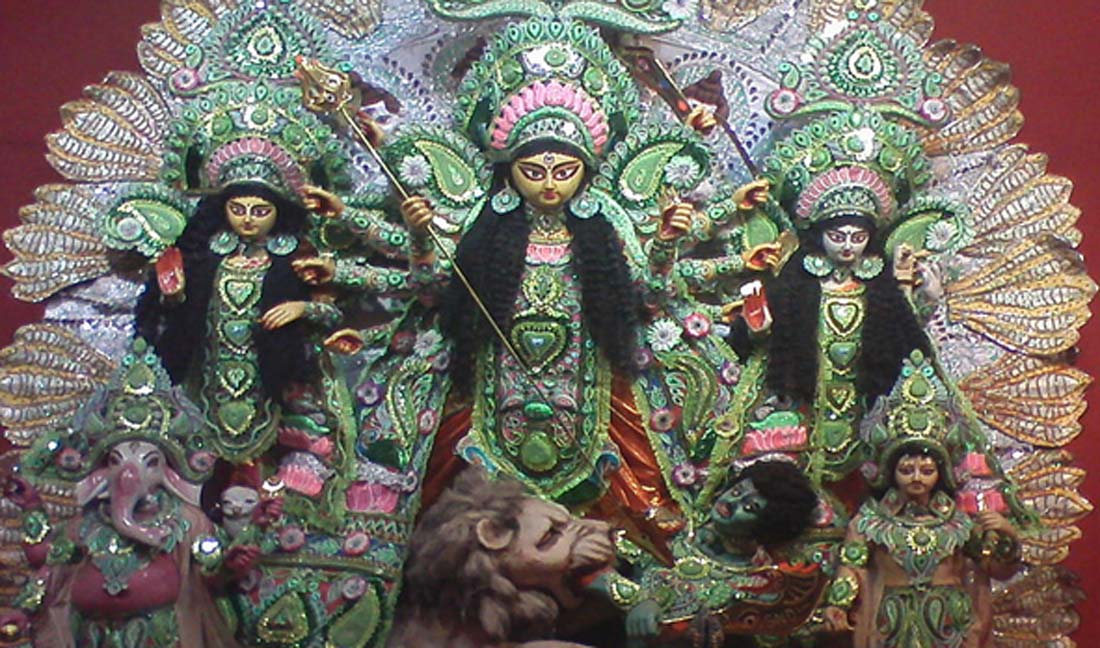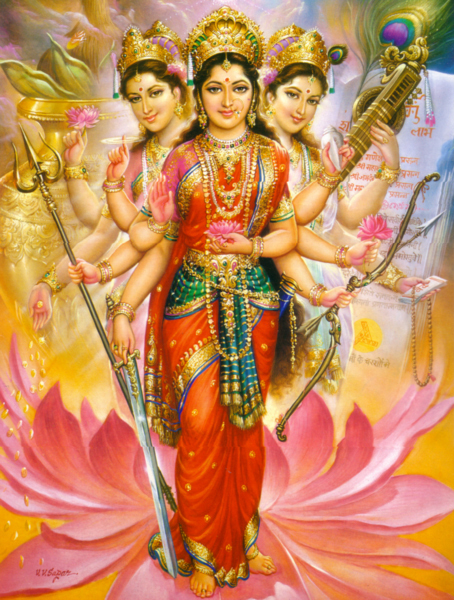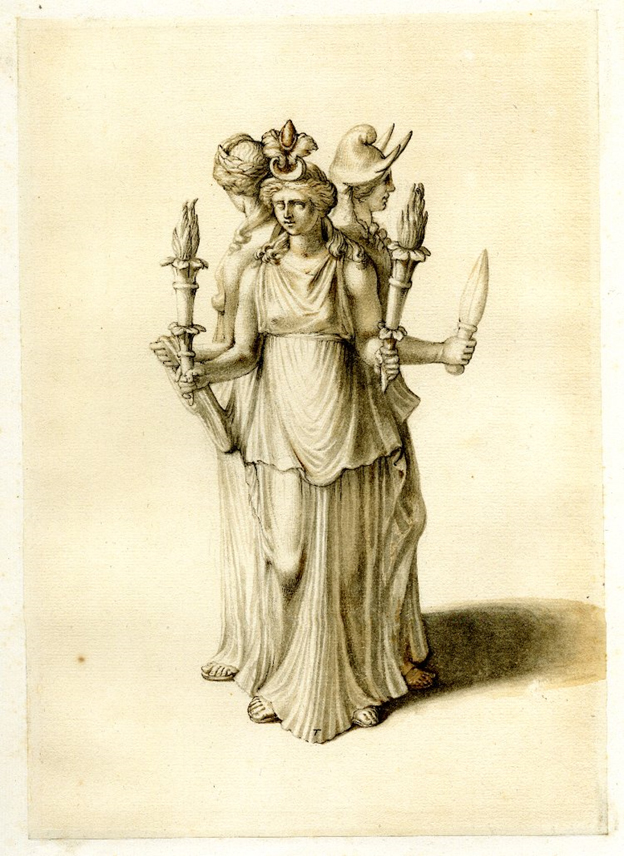
The Sacred Three in Asian Beliefs: Triple Gods, Tridevi, and the Three Treasures
Number three has been considered sacred for over many centuries throughout the world. Its depictions of the triads, triplicates and trinities have also existed in many cultures with various interpretations.
The possible oldest interpretation of the number three is that it represents completion, and many cultures today still interpret it as such—that is, something which has gone through its beginning, middle, and its end. The number three could then be interpreted as the number of reproduction or the continuation of things. From the union of oneness (1) and duality (2) comes the triad (3). The number three could then be interpreted as the number of reproduction or the continuation of things. All of the other numbers proceed from these first three numbers and from this primordial triangle all figures derive.
Triads, Triplicities and Trinities
The most popular depiction of the sacred number three in the myths and iconographies of the ancient world was that of the so-called “triple goddesses” or “triple deities”, a term popularized by Robert Graves in the 20th century. There are three different words to define these groups of three. They are: triads, triplicities, and trinities.
- 3: The Perfect Number - Trinity Symbolism in World Religious Traditions
- The Golden Ratio – a sacred number that links the past to the present
A “triad” refers to three separate concepts or beings that are united in some relationship. An example of this is the three Greek gods Zeus, Neptune, and Hades, who are related by their dominion over the three realms of the cosmos: the sky, the sea, and the underworld. Although as a group, the triad expresses some sense of completeness or perfection, it does not express unity. The members of the triad completely retain their individuality and dominant characteristics. An example from Asian mythology is that of the Tridevi: Lakshmi, Parvati and Sarasvati, who are mostly worshipped individually, but brought together as a triad due to their roles as consorts of the Hindu Trimurti.

Sarasvati, Parvati, and Lakshmi, the Tridevi. (CC BY-SA 4.0)
A “triplicity” refers to one concept or being which has three forms. Examples of this include the early versions of the goddess Hecate, who appeared in early Greek art as three identical maidens standing around a pillar. In a triplicity, the group itself overshadows the individuality of its members. The individual members of a triplicity show complete unity under the banner of the group identity, thus they appear identical or nearly-identical.

Triple-formed representation of the Greek goddess Hecate. (Public Domain)
The trinity stands between these two opposite definitions. A trinity refers to one being with three distinguishable “persons” or aspects. In a trinity, although the whole is greater than the sum of its parts, the identity of the whole does not consume the identity of the parts. The best example of a trinity is the Christian “Trinity”: Father, Son, and Holy Ghost. Another example is the Hindu Trimurti, the three aspects of the ultimate reality which are creation, preservation and destruction.




